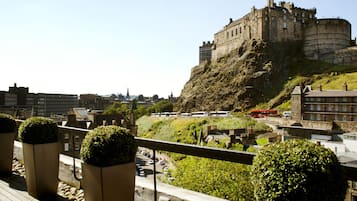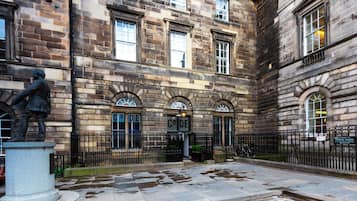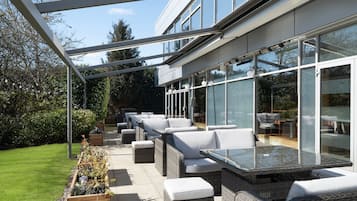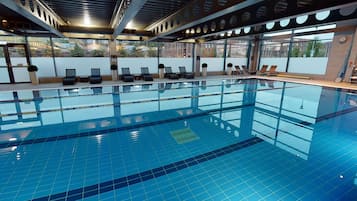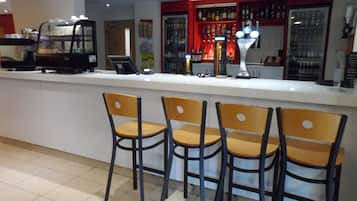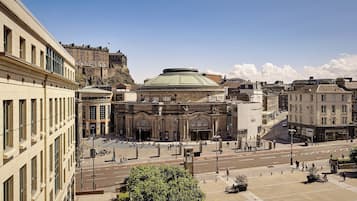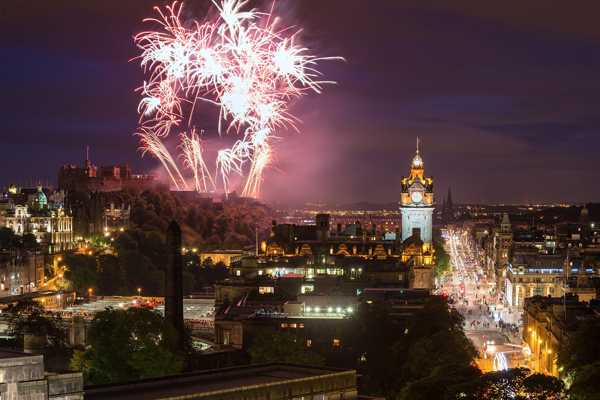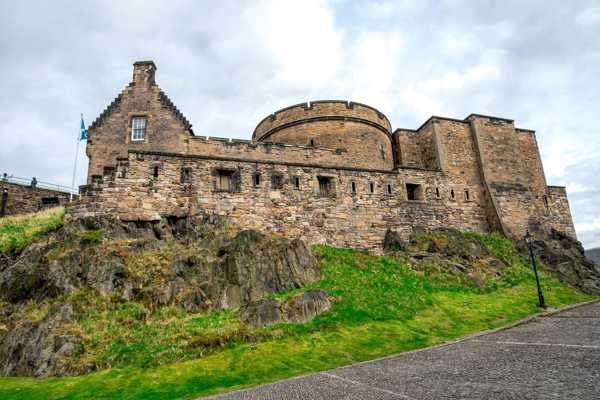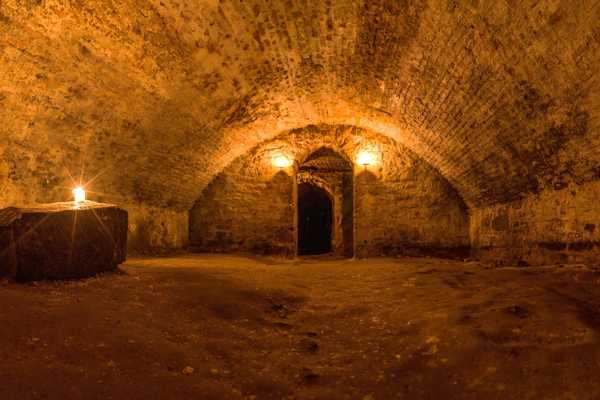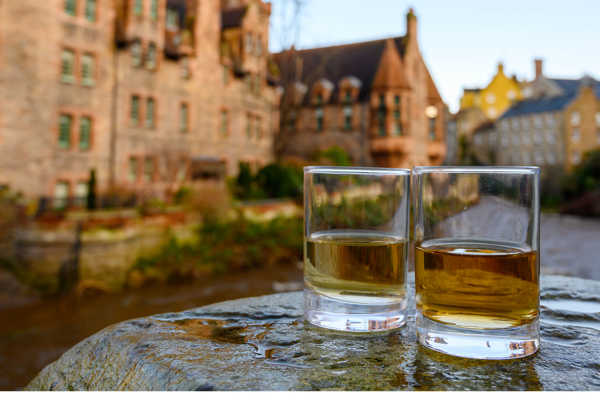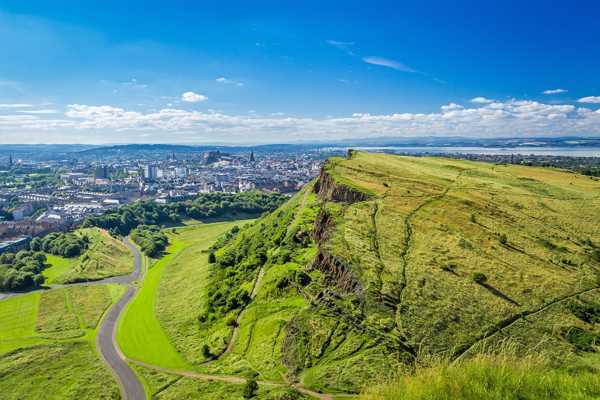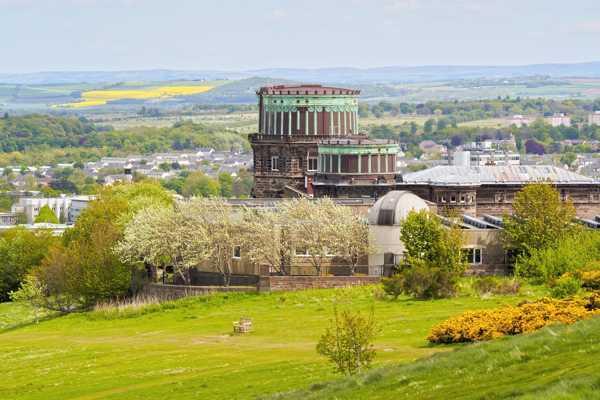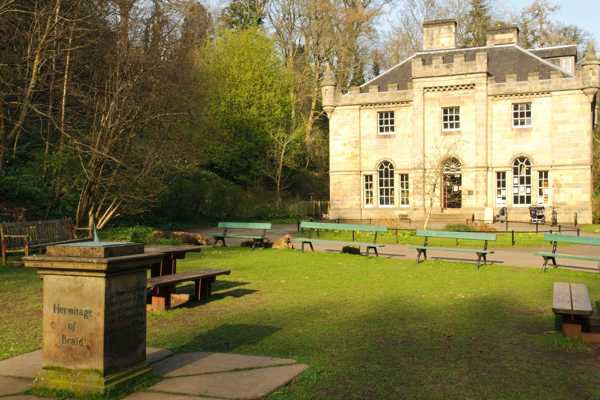Haymarket is an area west of Edinburgh city centre known for its historic Edwardian buildings. It connects to Princes Street via Shandwick Place and is also the junction between Dairy Road, leading to the M8 and Glasgow, and Corstorphine Road for the M9 north to Stirling.
Extensive redevelopment has taken place to breathe new life into the district. Central to that investment was a £25 million overhaul of Haymarket railway station, the city’s second-busiest station after Edinburgh Waverley. Haymarket serves commuter traffic as well as long-distance traffic to Inverness, Aberdeen, and Carlisle.
Outside the station, you’ll find trams and bus stops for connections to the airport and elsewhere in the city. It’s this accessibility that brings people to the neighbourhood on their way to watch the rugby or see a concert at Murrayfield Stadium. Skating at Murrayfield Ice Rink or visiting Edinburgh Zoo? You can reach all from Haymarket station in under 15 minutes.
Haymarket in Edinburgh - one of the highlights of 10 Most Popular Neighbourhoods in Edinburgh (Read all about Edinburgh here)
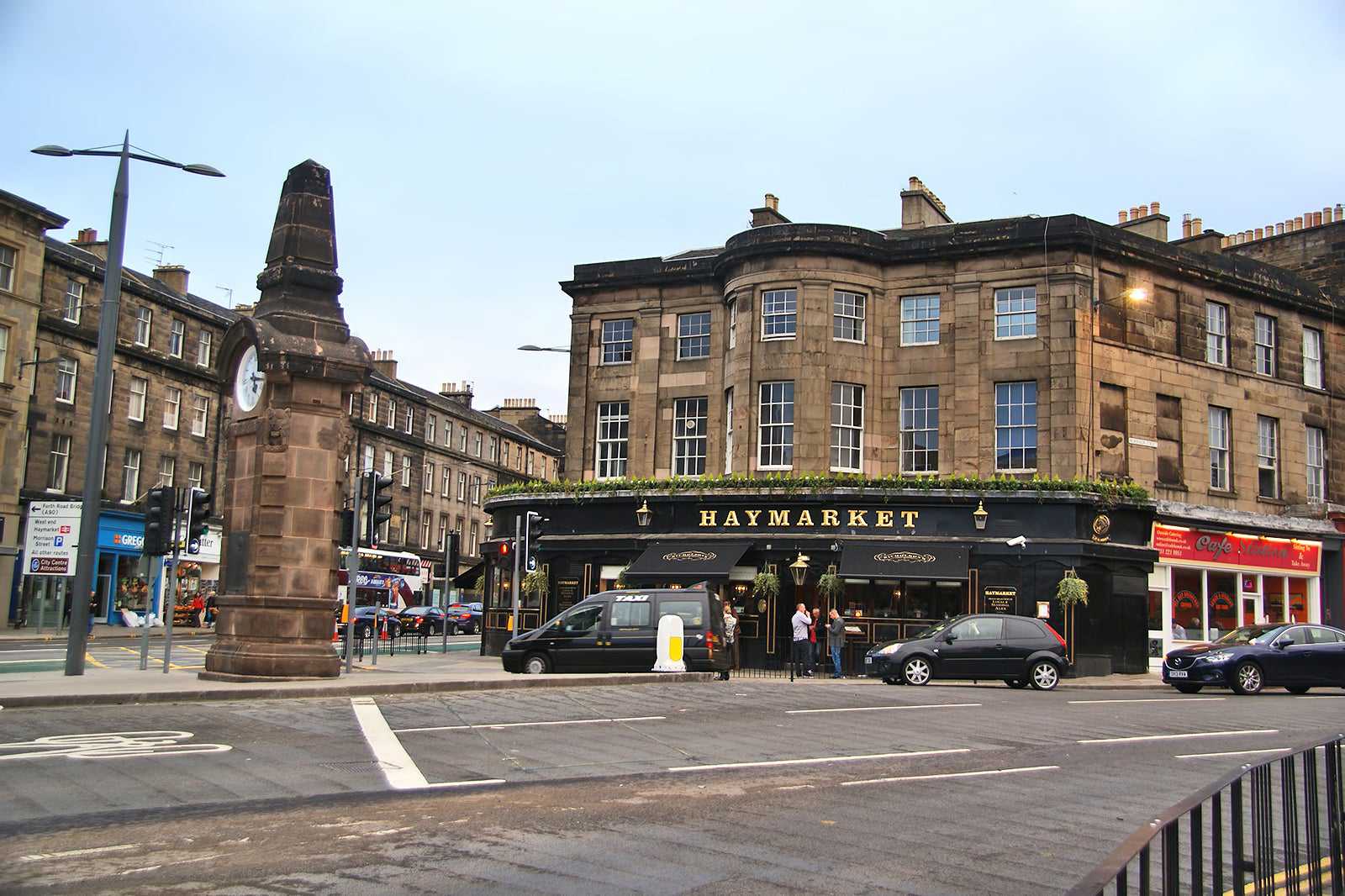
φωτογραφία από Bill Boaden (CC BY-SA 2.0) τροποποιήθηκε
A brief history of Haymarket
Haymarket began with the coming of the railway with construction in the 1840s. In 1842, Haymarket station opened, delivering passengers from Glasgow. Waverley didn’t exist back then, so this was the terminus. Next to the railway stood Herdman’s Flour Mill, which closed in 1951 and was reduced to rubble 15 years later.
More recently, during the 20th-century excavations for the construction of a new tram line, archaeologists revealed that they’d discovered a subterranean shelter. Initially, it was meant as a pulley room for Edinburgh’s 19th-century trams but later served as an underground bunker during the Second World War. However, they were able to prove that settlement in the area went back even further, finding evidence of prehistoric remains.
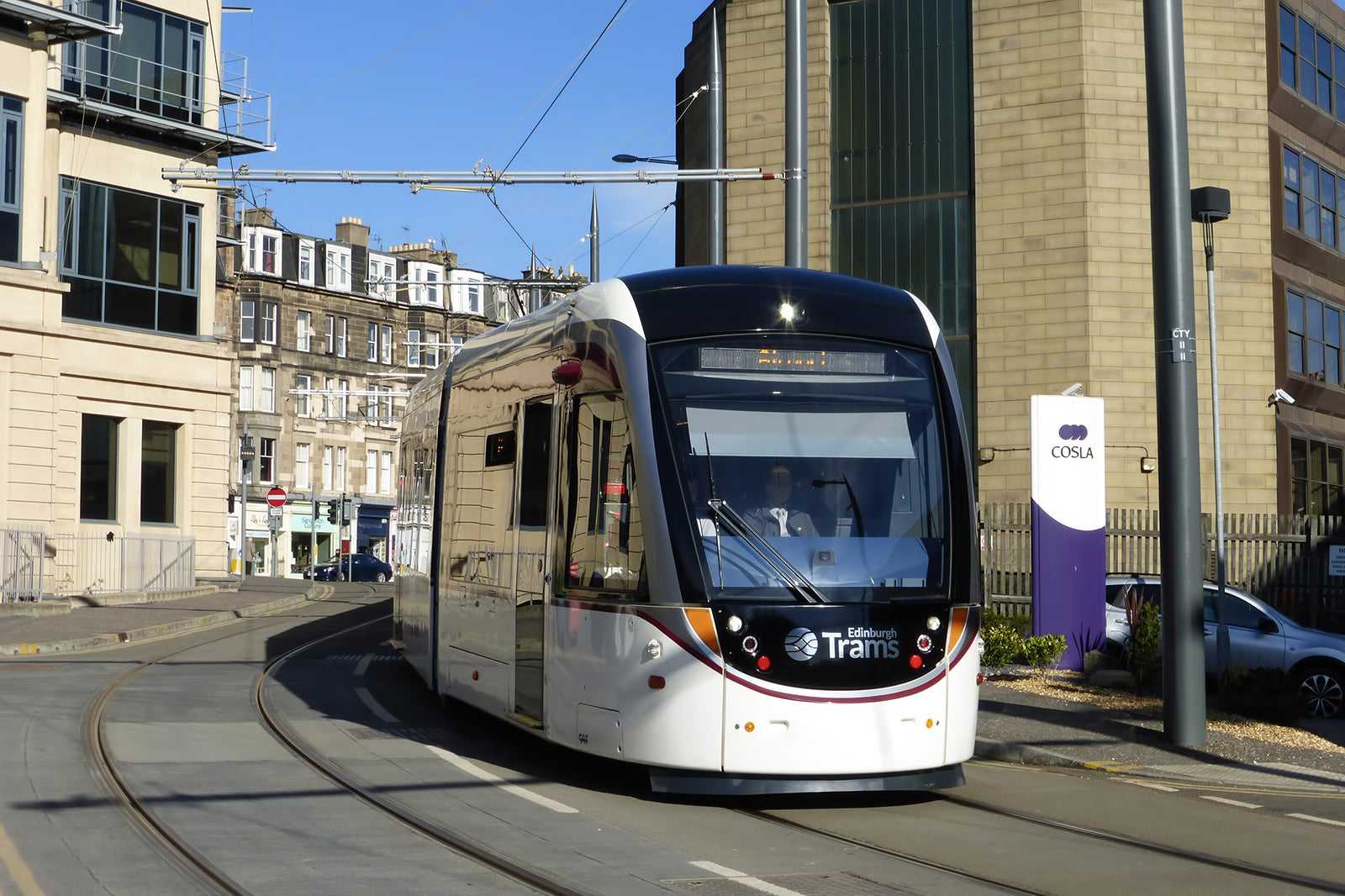
φωτογραφία από Kim Traynor (CC BY-SA 3.0) τροποποιήθηκε
What are the things to see in Haymarket?
Compared to other local neighbourhoods such as West End, Dean Village and New Town, Haymarket has few visitor attractions and places of interest. However, it’s worth checking out the clock tower that stands at the junction between Dairy Road and Clifton Terrace. It doubles as the area’s war memorial, dedicated to “the footballers’ battalion”.
Eleven players from local side Heart of Midlothian FC were the first to sign up to McCrae’s battalion and fight for their country in World War I. Players from other nearby teams such as Hibernian, Raith Rovers, and Dunfermline soon joined them. Most lost their lives during battle. Since 1922, sculptor Henry Snell Gamley’s memorial has been a focal point for fans of Scottish football who come to pay their respects to those brave men.

What are good things to know about Haymarket?
There’s no shortage of hotels in Haymarket, as you’d expect from an area with excellent transport links. Most occupy buildings along Haymarket Terrace, just north of the railway station. Bookended by the 4-star Leonardo Royal and The Edinburgh Lodge, most are 3-star properties offering excellent value for money. At busy times, such as during the Edinburgh Fringe, it’s usually possible to find a room somewhere in Haymarket when accommodations in Old Town and New Town are full.
The area’s also good for casual dining and takeaways, most along Dairy Road. Find world cuisines here, including Chinese dishes at Xiangbala Hotpot, Indian at Priyaz tandoori and Neapolitan specialities at Locanda de Gusti, which prove food from Naples is far more than just pizza and pasta. Coffee shops are also in abundance. The area boasts chains such as Starbucks as well as independents like Saltyard.
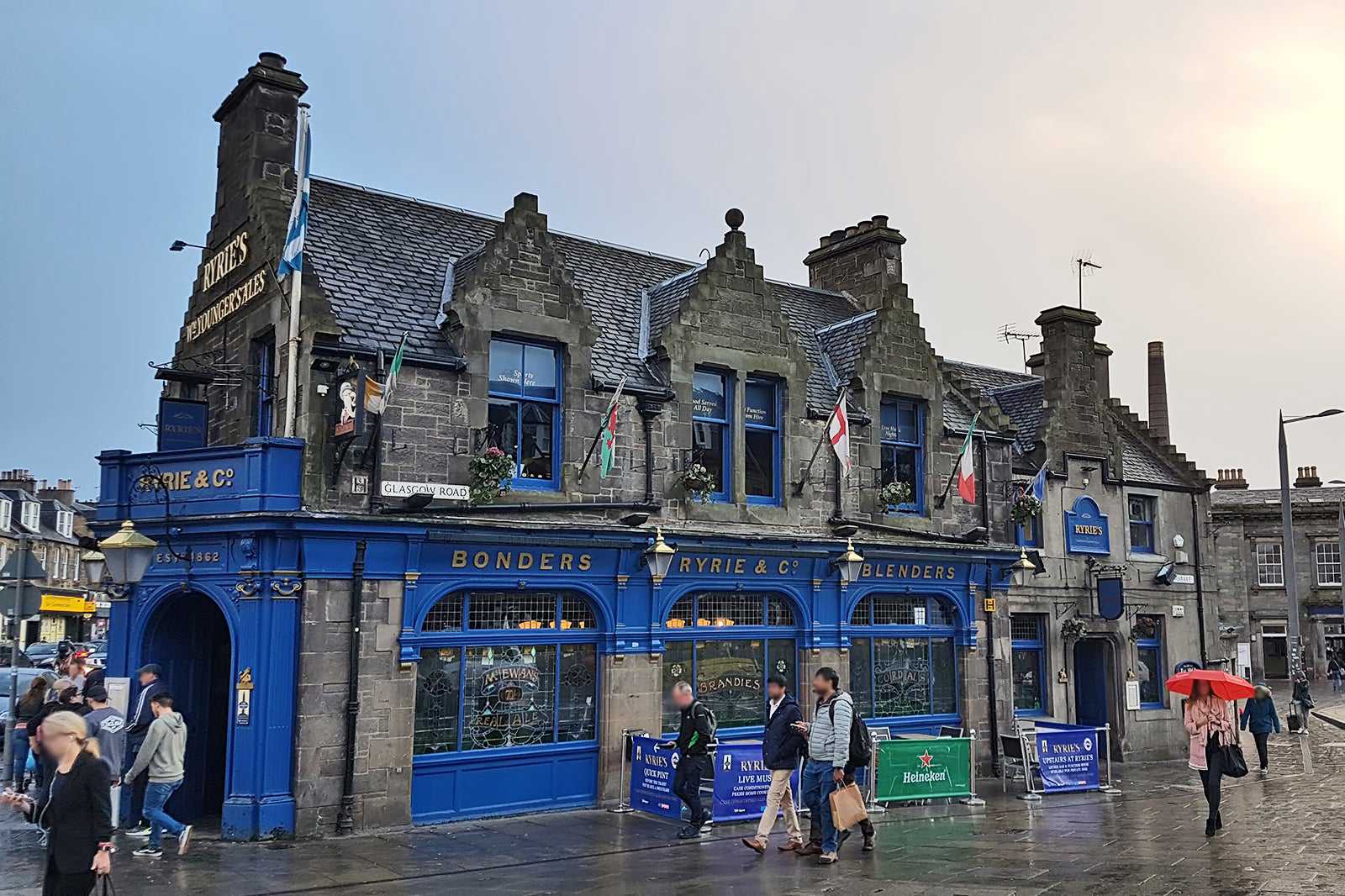
φωτογραφία από Stinglehammer (CC BY-SA 4.0) τροποποιήθηκε



